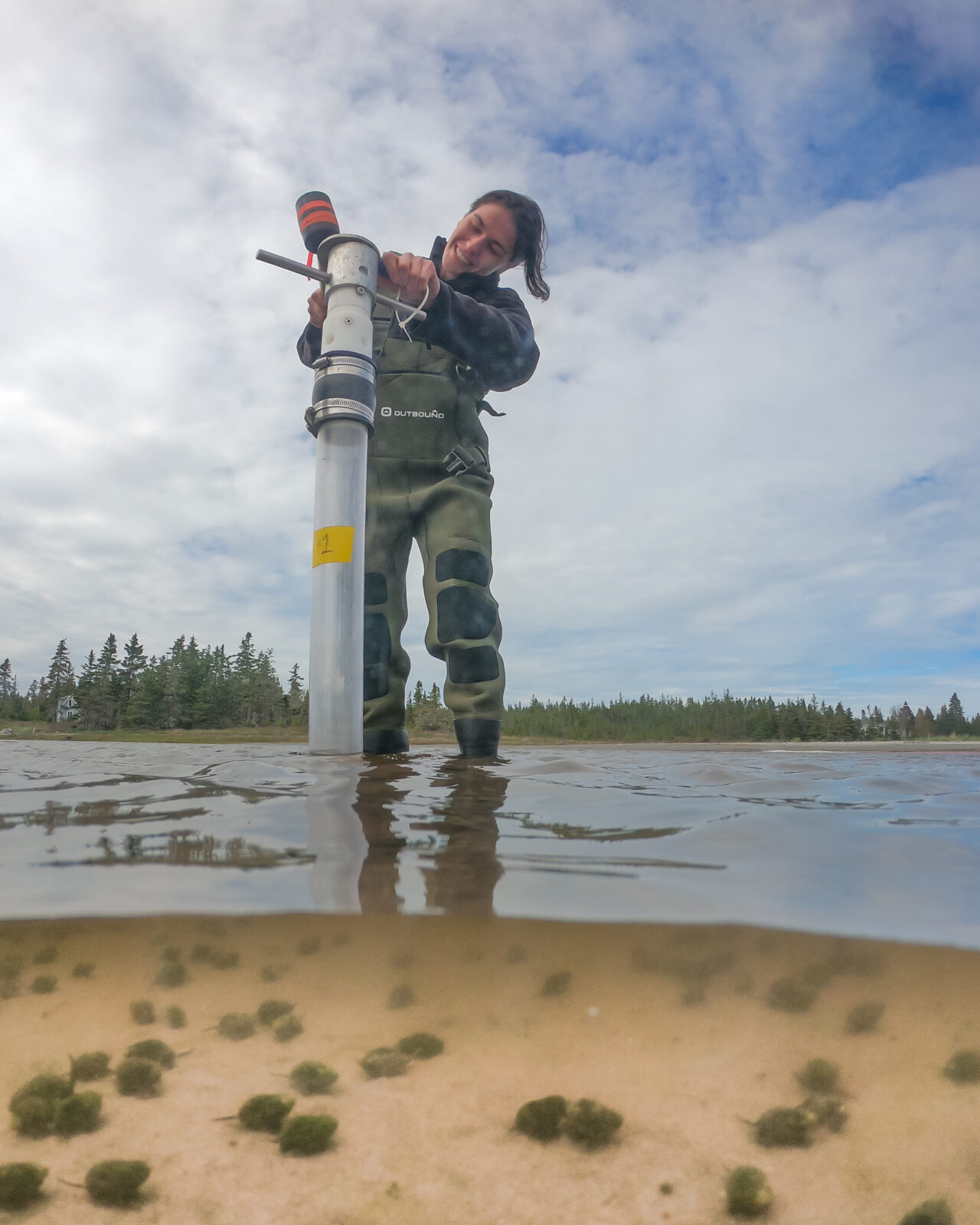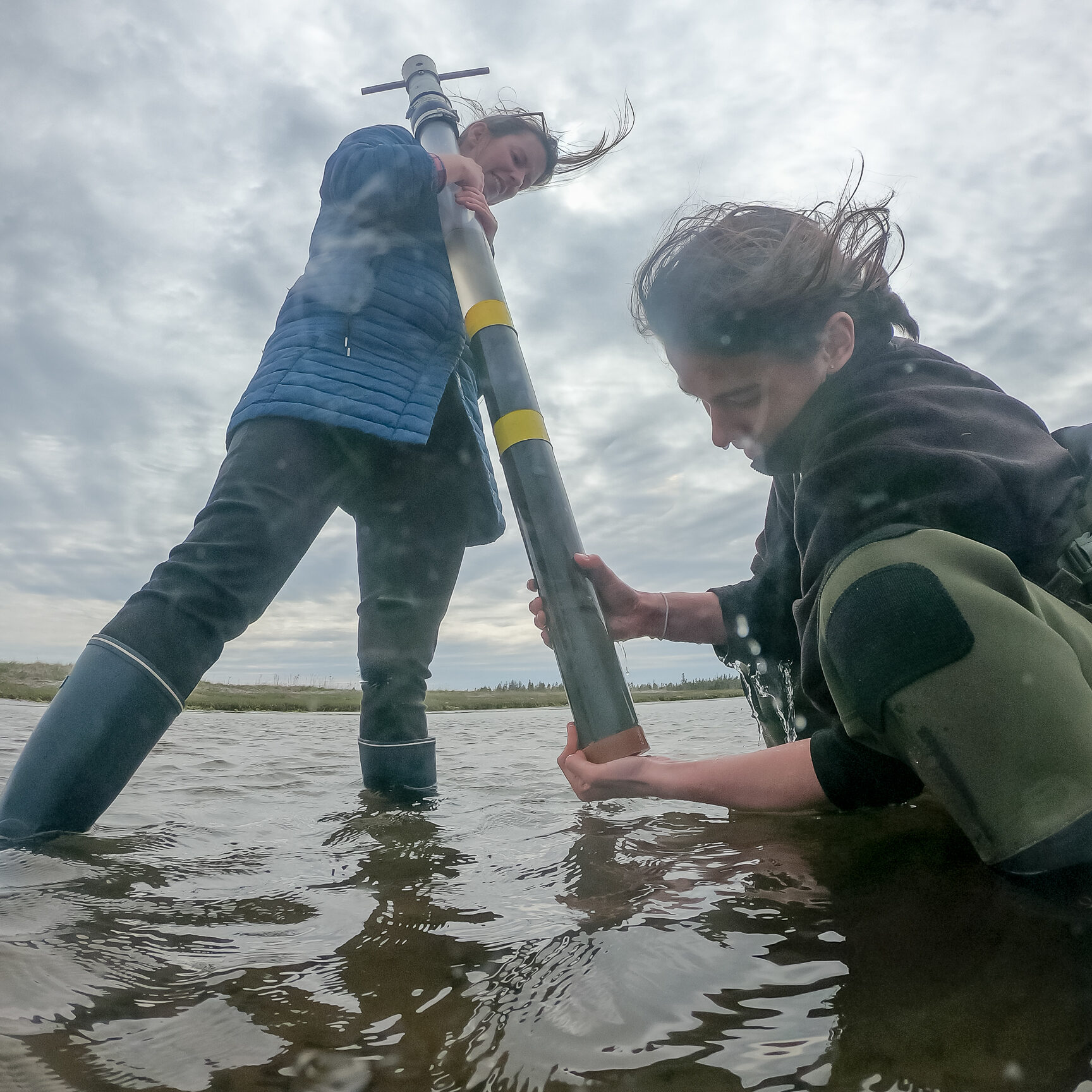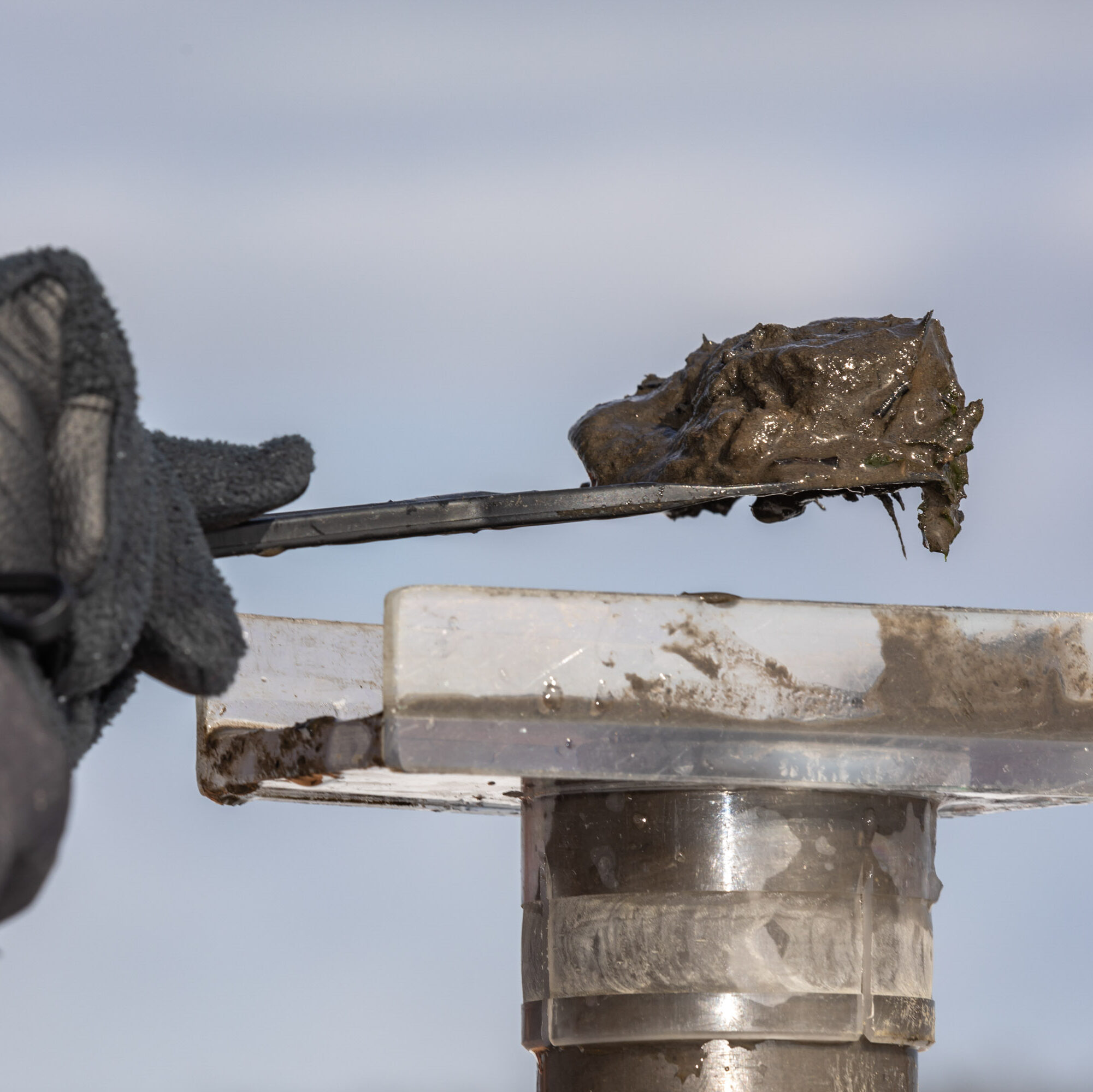What is Blue Carbon?
Blue carbon refers to carbon that is stored in the world’s ocean and coastal ecosystems. It is carbon dioxide that enters into the water from the atmosphere. Next to being dissolved in the water, this “blue” carbon can also be found in animals such as in phytoplankton, fish and whales, in algae (such as kelp) and plants (such as seagrasses and mangroves) as well as in the sediments of the sea floor from shallow to deep.
Which a rapidly changing climate and rising levels of CO2, interest in ecosystems that can store (“sequester”) carbon is growing. On land, carbon-rich ecosystems include wetlands (such as swamps and moors) and forests. In the ocean, blue carbon ecosystems mostly include coastal ecosystems such as mangroves, salt marshes (a type of coastal wetland) and seagrass meadows. These ecosystems are generally very efficient to capture and store large amounts of carbon per area. However, their efficiency to do so varies greatly by location and type of species and ecosystems involved. While some ecosystems such as forests capture carbon well, they also release it fairly quickly on a scale of years or decades (e.g. uptake of carbon during growth season of plants and algae and release of carbon after death). In other ecosystems such as wetlands and seagrass meadows, carbon gets absorbed and stored below-ground where, if undisturbed, it can accumulate and remain for centuries to millenia. These ecosystems are referred to as “biological carbon sinks”
So far, very little is known about the ability of eelgrass meadows around Nova Scotia to capture and store carbon. Our study therefore aims to take a closer look at “eelgrass carbon” by doing the following:
- Establish estimates of blue carbon storage in eelgrass beds
- Understand factors influencing the storage of blue carbon in eelgrass
- Understand the geospatial patterns of blue carbon storage in eelgrass beds
- Track changes in blue carbon storage before and after restoration initiatives

To achieve these goals, we will utilize a method known as sediment coring.
What is Sediment Coring?
Sediment coring is the process of using a large tube to take a sample of sediment from eelgrass beds and collecting it for analysis! A large cylinder of sediment is removed and then sliced into various increments based on the depth of the sample. The sediment is then sieved, acid washed, and carbon dated! We compare carbon ages and levels between different beds as well as within the same bed, but at different collection points.

Field technicians collecting sediment cores


For more information on Blue Carbon, please check out our “Eelgrass” page.